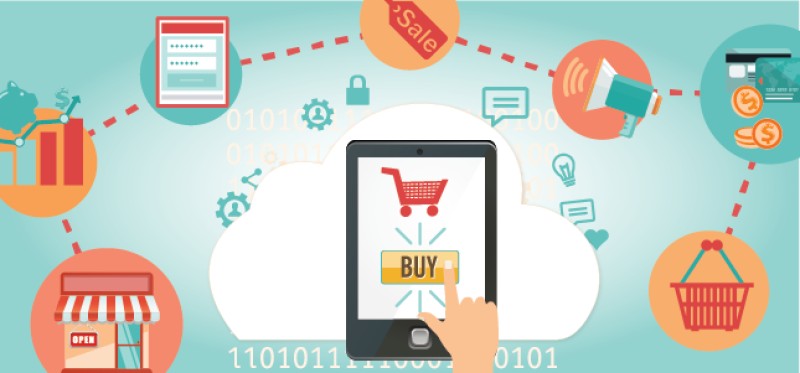In 2014, eMarketer reported that just 8 percent of major retailers offered a fully synchronized customer care experience between their offline and online channels. Today, retailers are finally catching up to customer expectations.
Even though obstacles remain, retailers are putting the processes and strategies in place in an effort to take omnichannel customer engagement to the next level. Here are four ways they’re improving.
1. Optimizing Distribution and Fulfillment
Retail stores are becoming distribution centers. Instead of shipping from a central location, retailers like Walmart and Target are leveraging inventory from their brick-and-mortar stores to deliver products to customers faster. While it makes sense for retailers to make more efficient use of their inventory, there are logistical challenges that will need to be addressed. One of those challenges includes providing localized customer service.
If there was an issue with an order that was supposed to be fulfilled at a store, customers don’t want to contact a central contact center, they’ll complain to the local store. Store owners will therefore need more efficient systems to track orders that are placed online and fulfilled in-store and perhaps have more customer service specialists at the stores to handle the increase in traffic. This puts more ownership of the customer experience on individual retail stores.
2. Empowering Associates
The customer often has more information about a product and competitors’ prices than a store associate. As a result, consumers have been bypassing stores in favor of e-commerce. To stem the loss of foot traffic, retailers are empowering associates with tools like smartphones and tablets. This allows associates to do everything from researching products, giving competitive price quotes, and processing payments wherever they are in the store.
The move to empower associates is slowly reaching the contact centers as well. In the past, contact center specialists didn’t have much information about a customer beyond what was in the CRM system. But now, more associates are being measured by the value of the customer experience instead of how quickly they can get someone off the phone, and so they’re being given more data and tools to more effectively resolve a customer’s problem, and even personalize the interaction.
3. Taking Mobile Experiences Mainstream
Retailers have a growing bevy of mobile-first tools to deliver targeted content through beacon technology and geo-fencing capabilities that are activated in a brand’s app. But, while large brands like Sephora or Macy’s may be the most successful at getting customers to use their apps, even smaller brands can engage customers with well-designed mobile responsive sites.
Retailers are realizing that it may not necessarily make sense for them to create an app, but the first point of interaction with a prospective customer is increasingly on a mobile screen, and so they’re prioritizing content that’s formatted for a mobile experience, such as short videos and scrollable images. Mobile-friendly sites are now table stakes. But, the good news is that creating a mobile site isn’t as time-consuming or expensive as it was a few years ago.
4. Providing Proactive Customer Service
Instead of waiting for a customer to ask a question, savvy retailers are taking a proactive approach to customer service. For example, if a prospective customer is looking at packages on a cable company’s website, we offer the ability to pop up a chat window with a sales specialist who can answer questions. And if someone is browsing the FAQ section on how to cancel a subscription, a retention specialist can reach out. Customer service specialists who are equipped to answer customers’ specific questions beyond generic responses create a more relevant and helpful experience that reflects positively on the brand.
From customer service to optimized delivery, businesses are enhancing customer experiences across the retail landscape. And even though challenges remain, more efficient uses of data and tools are helping retailers get closer to offering a truly seamless shopping experience.
David James, Director of Product Marketing, TTEC Technology, contributed to this piece.
Also, check out the most recent issue of our eNewsletter.
Connecting the Dots on Customer Engagement















